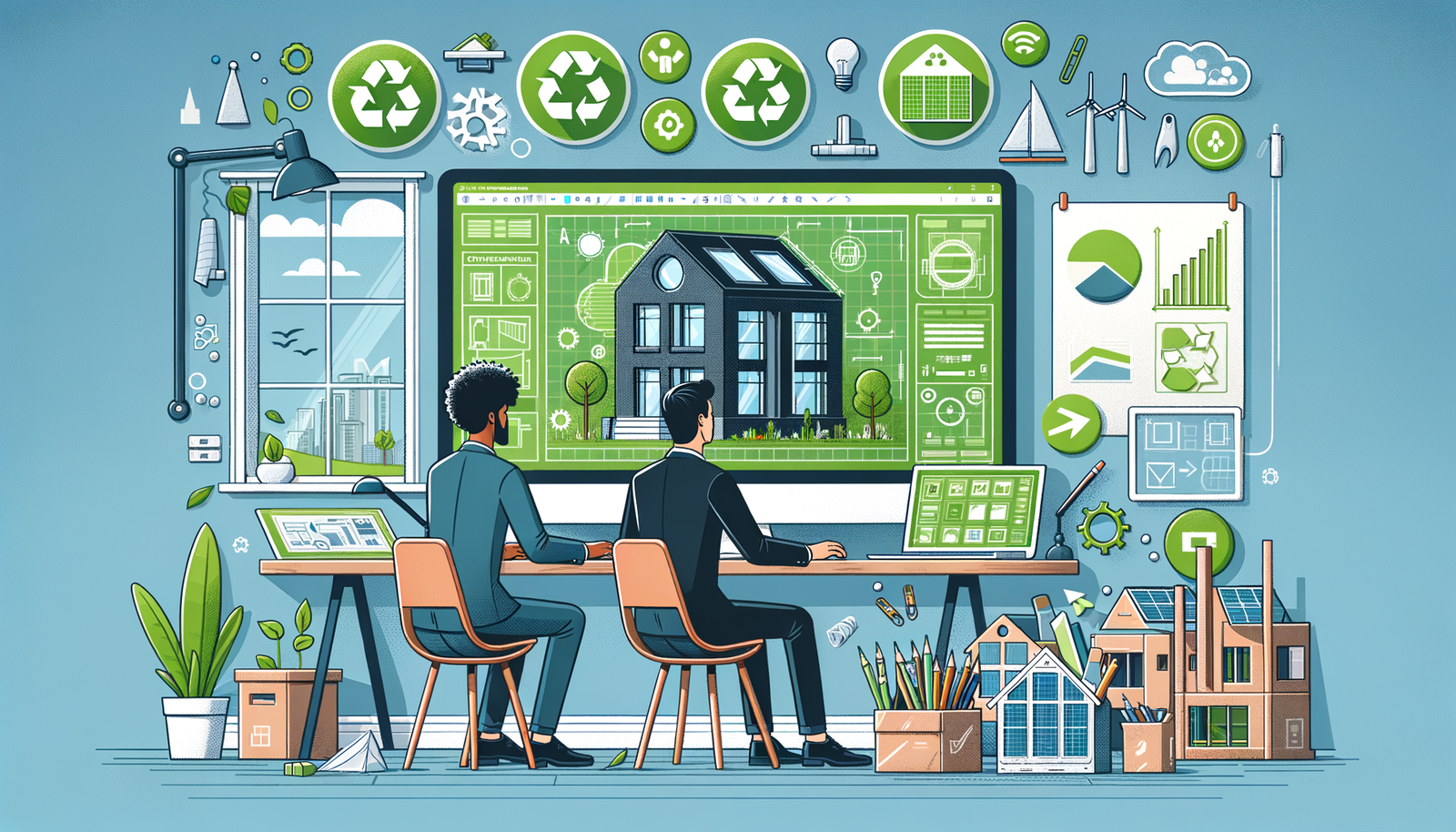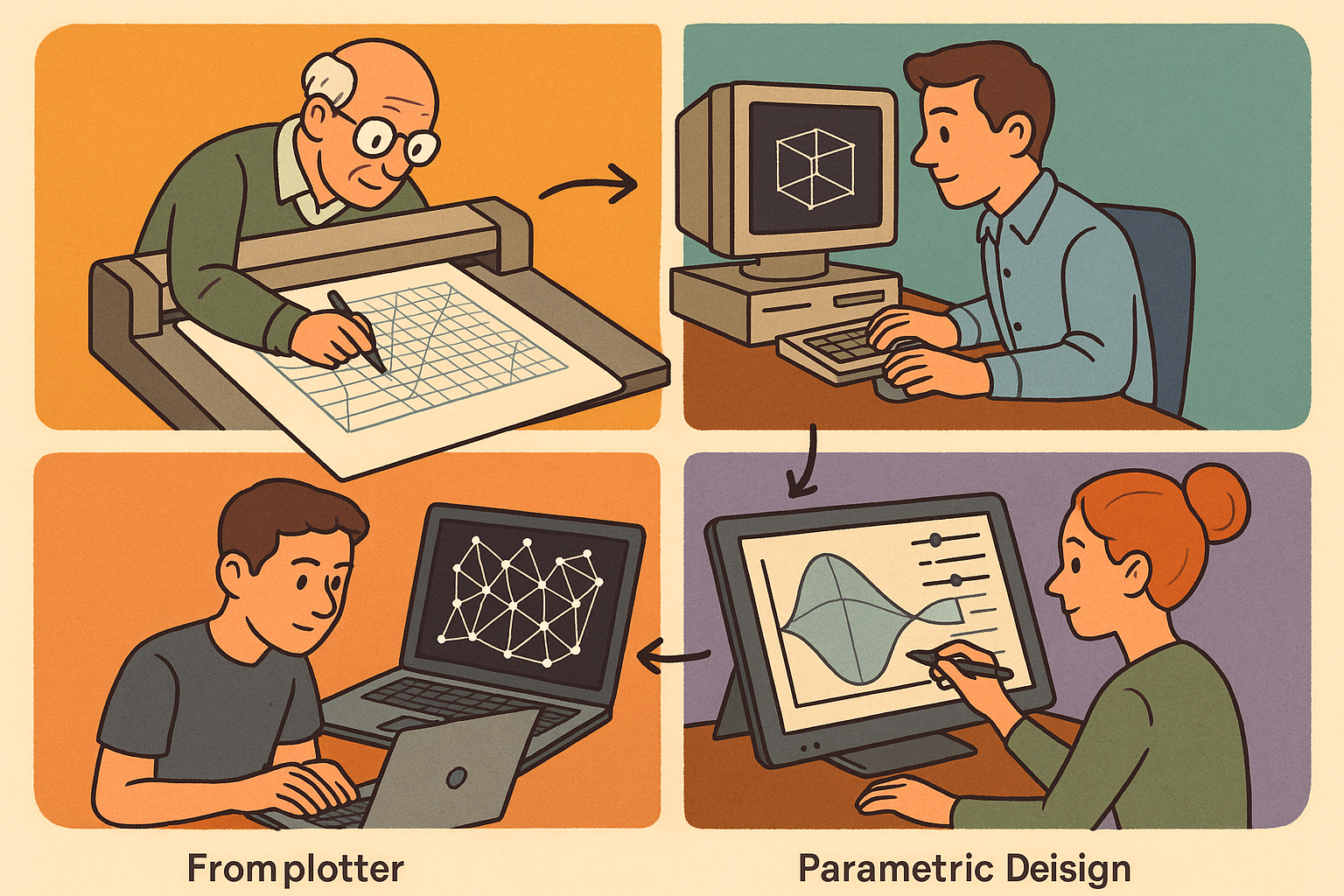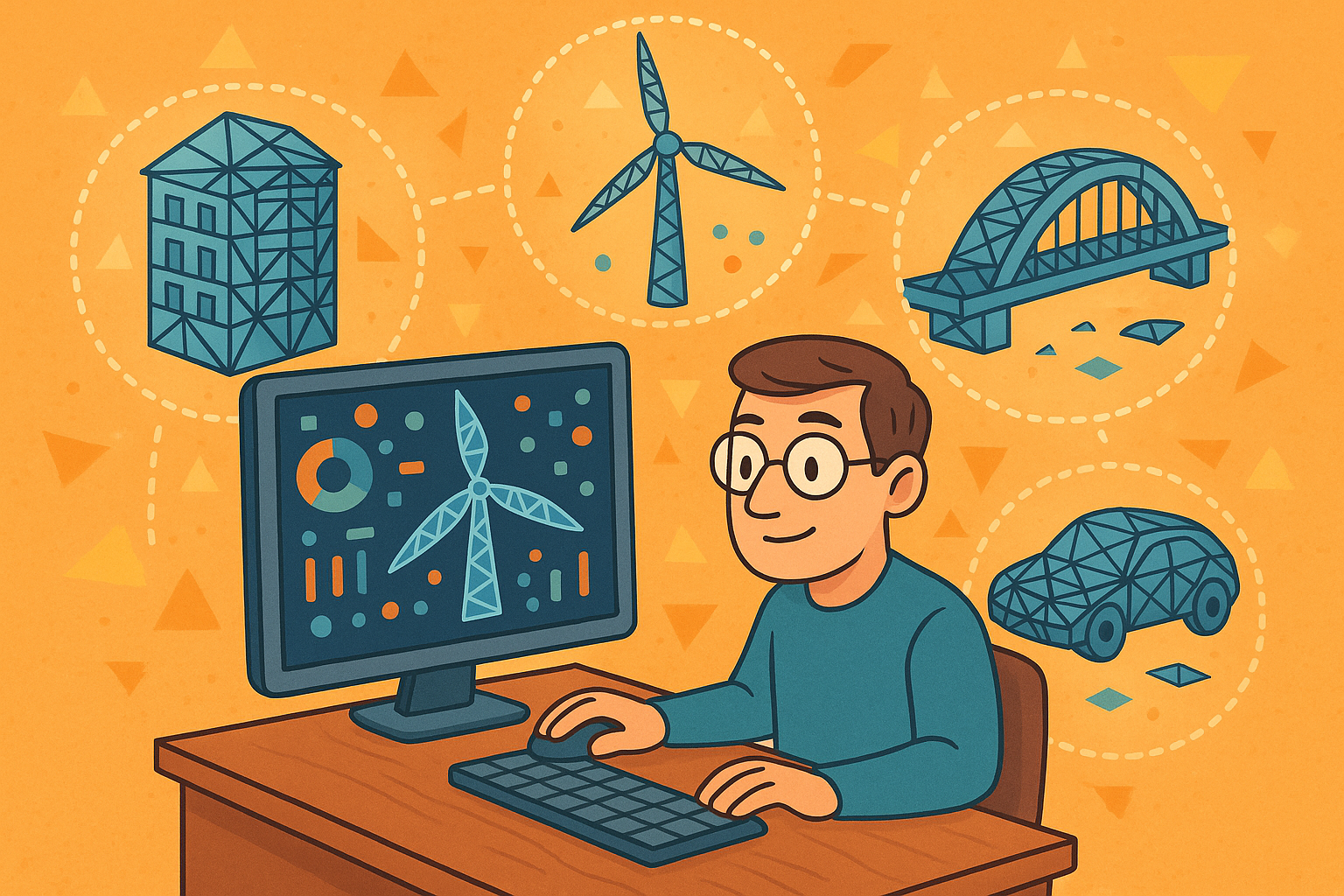Your Cart is Empty
Customer Testimonials
-
"Great customer service. The folks at Novedge were super helpful in navigating a somewhat complicated order including software upgrades and serial numbers in various stages of inactivity. They were friendly and helpful throughout the process.."
Ruben Ruckmark
"Quick & very helpful. We have been using Novedge for years and are very happy with their quick service when we need to make a purchase and excellent support resolving any issues."
Will Woodson
"Scott is the best. He reminds me about subscriptions dates, guides me in the correct direction for updates. He always responds promptly to me. He is literally the reason I continue to work with Novedge and will do so in the future."
Edward Mchugh
"Calvin Lok is “the man”. After my purchase of Sketchup 2021, he called me and provided step-by-step instructions to ease me through difficulties I was having with the setup of my new software."
Mike Borzage
Leveraging Advanced Software Tools for Elevating Sustainable Design Practices in Engineering and Architecture
June 18, 2024 2 min read


Introduction to Sustainable Design
The concept of sustainable design has become a cornerstone in modern engineering and architectural practices, driven by the global imperative to reduce environmental footprints and promote resource efficiency. Sustainable design seeks to minimize negative environmental impacts through thoughtful and efficient use of materials, energy, and development space. The challenges in achieving sustainable outcomes are multifaceted, ranging from technical and material limitations to economic and regulatory barriers. However, the advent of sophisticated software tools has significantly empowered professionals to enhance the sustainability of their projects through advanced simulations, analyses, and optimization processes.
Key Software Tools for Sustainable Design
Several software tools have risen to prominence, enabling designers and engineers to integrate eco-friendly principles into their work effectively:
- Energy modeling software: These tools are pivotal in assessing and optimizing the energy consumption of buildings and systems. They allow for the simulation of energy flows and the integration of renewable energy sources, making substantial improvements in energy efficiency attainable.
- Materials analysis and selection tools: Selecting materials with lower environmental impacts is made possible through these software solutions. They provide in-depth information on material properties, including recyclability, embodied energy, and emissions, aiding in the selection of sustainable alternatives.
- Lifecycle assessment (LCA) software: LCA tools offer a comprehensive evaluation of the environmental impacts associated with all stages of a product's life from cradle to grave. This holistic view enables designers to make informed decisions that reduce overall environmental impact.
Case Studies: Successful Implementation of Sustainable Design Software
Real-world applications of these tools have demonstrated their effectiveness in achieving sustainable design objectives:
In the realm of architectural design, a notable building project utilized energy modeling software to drastically reduce its energy demand, setting a new benchmark for energy efficiency in commercial buildings. Similarly, in product design, a consumer product underwent a redesign using materials analysis and LCA software, which not only improved its environmental performance but also enhanced its market appeal through the sustainability credentials.
Future Trends and Developments
The future of sustainable design software is poised for transformative changes with the integration of emerging technologies:
- The potential of AI and machine learning is vast, offering predictive analytics and optimization algorithms that can foresee and enhance sustainable design outcomes.
- Integration with Building Information Modeling (BIM) provides a more comprehensive analysis of projects, allowing for a deeper understanding of their environmental impacts across the building lifecycle.
- The emergence of cloud-based tools promises to enhance collaboration among stakeholders, facilitating the sharing of resources and information critical to the pursuit of sustainability.
These advancements are expected to significantly shape the future of eco-friendly engineering and architecture, enabling professionals to design with an even greater emphasis on sustainability without compromising on functionality or aesthetics.
Also in Design News

Design Software History: From Plotters to Procedural Intent: A Technical History of Generative and Parametric Design Software
January 04, 2026 13 min read
Read More
Semantic Meshes: Enabling Analytics-Ready Geometry for Digital Twins
January 04, 2026 12 min read
Read MoreSubscribe
Sign up to get the latest on sales, new releases and more …



